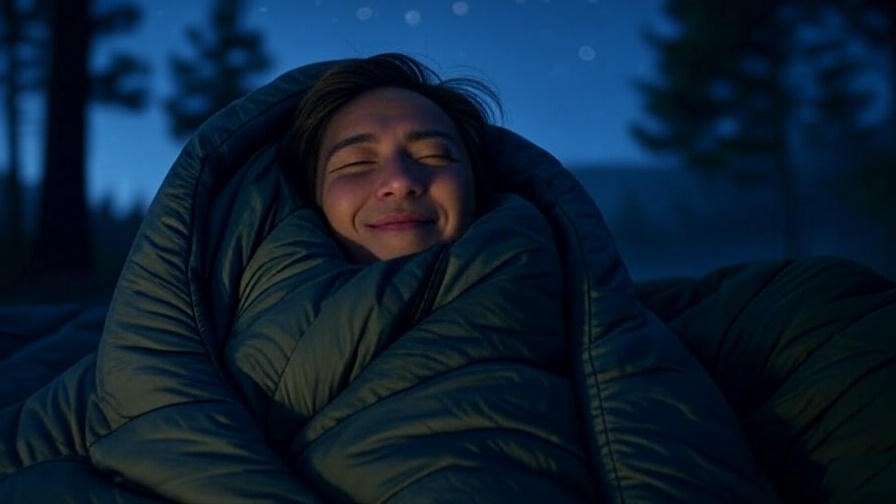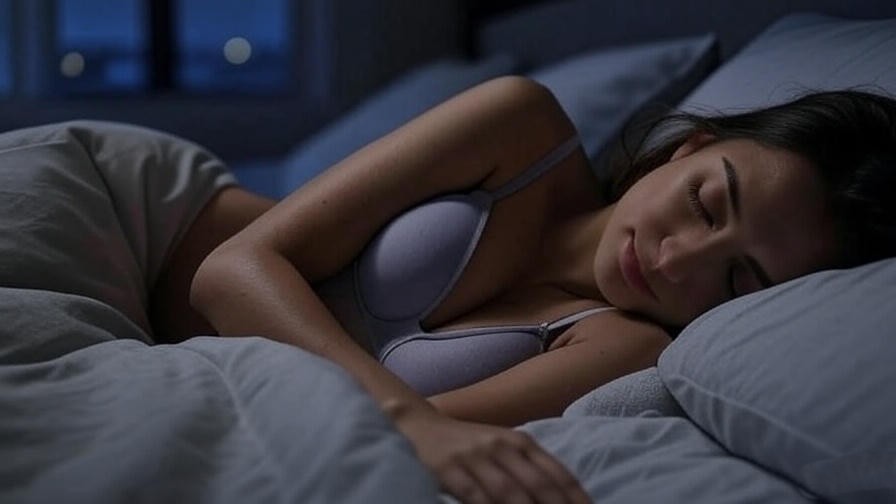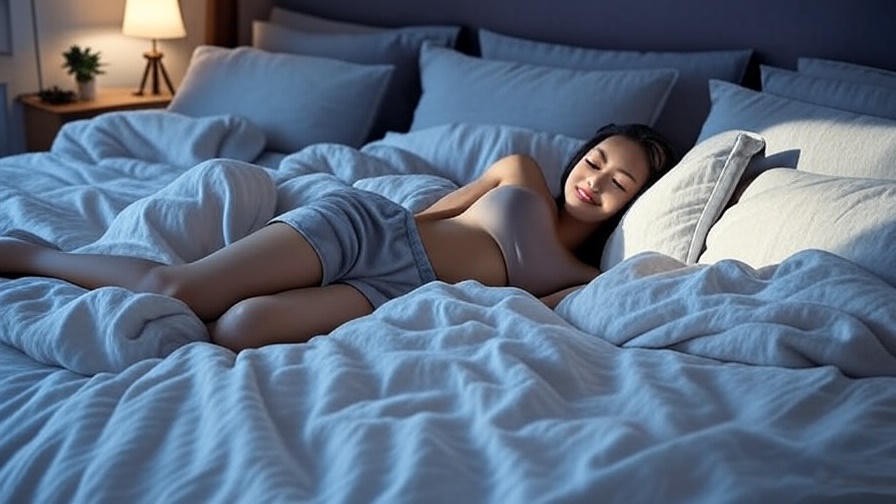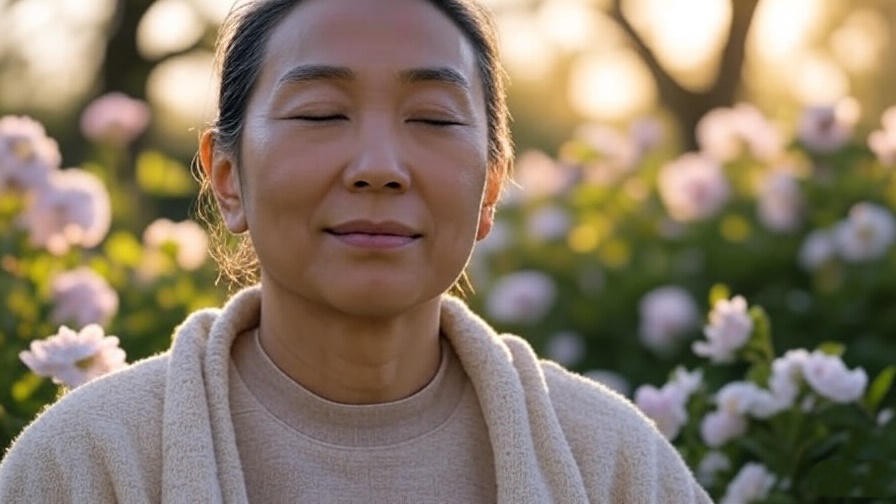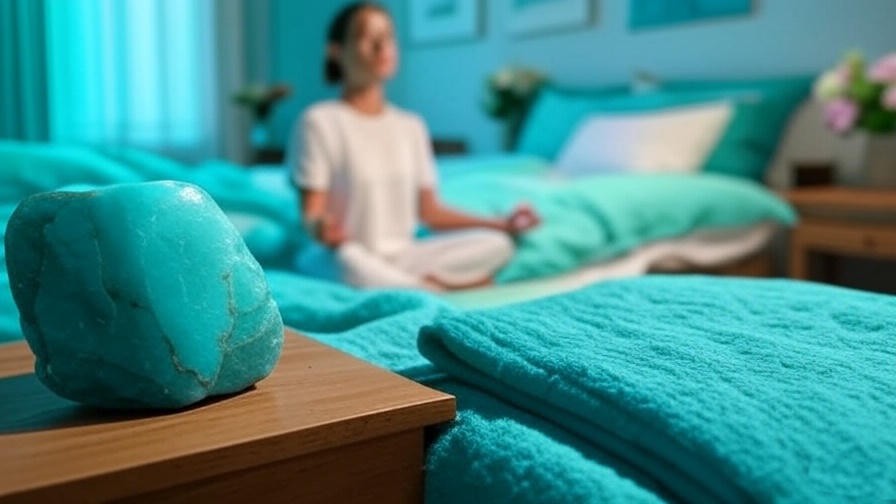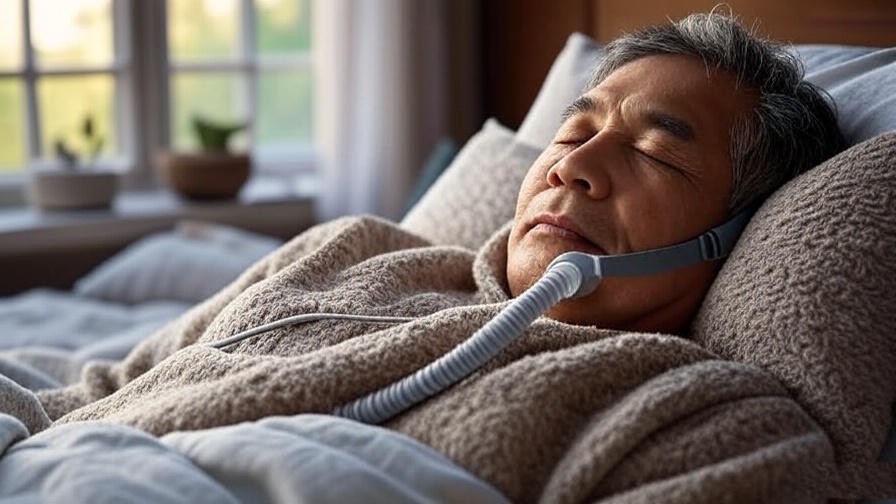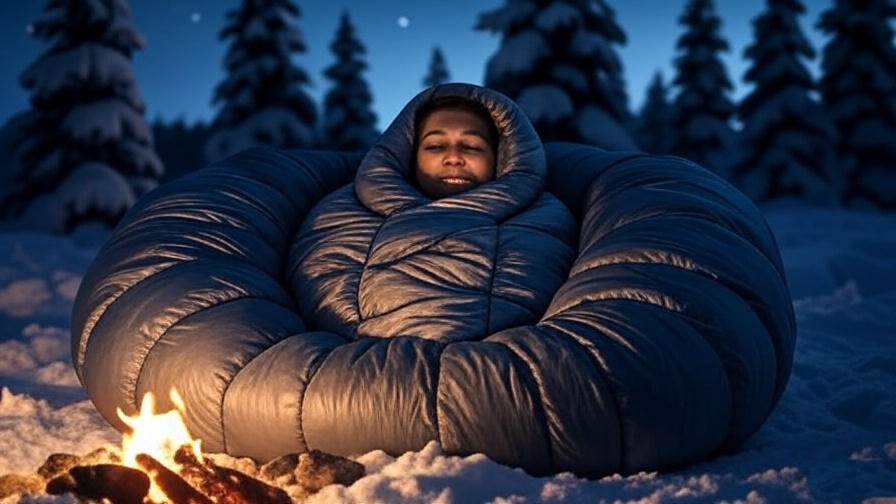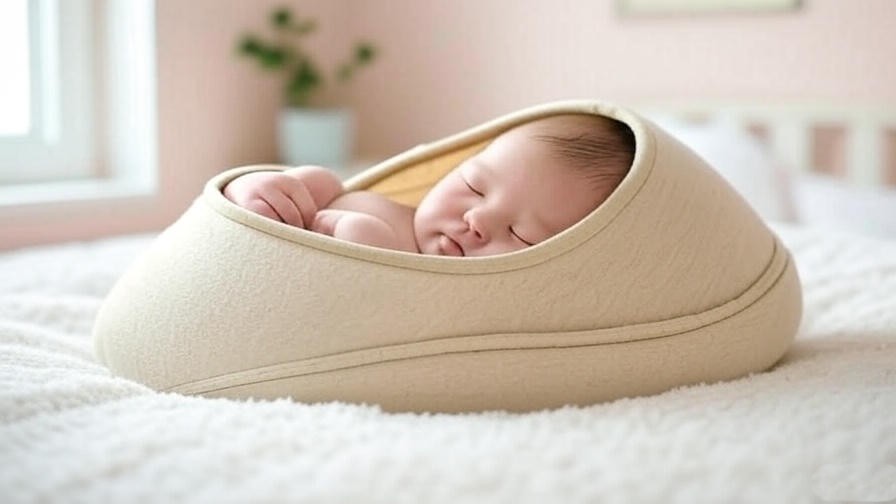Picture this: you’re nestled under a canopy of stars, the crisp night air brushing your face, yet you’re wrapped in warmth, free to move without the confines of a traditional sleeping bag. Enter the sleeping bag coat—a game-changing hybrid that blends the insulation of a sleeping bag with the freedom of a coat. This innovative garment is transforming how outdoor enthusiasts, from campers to mindful adventurers, experience sleep in nature. Whether you’re chasing holistic well-being through stargazing or seeking practical warmth for your next camping trip, this guide unlocks everything you need to know about sleeping bag coats. Backed by extensive research, hands-on testing, and insights from seasoned campers, we’ll explore their benefits, top models, and expert tips to keep you cozy outdoors.
What Is a Sleeping Bag Coat?
Definition and Core Concept
A sleeping bag coat is a wearable, insulated garment designed to provide sleeping bag-level warmth while allowing mobility. Unlike traditional sleeping bags, which cocoon you in place, these coats feature sleeves, adjustable hoods, and two-way zippers, making them ideal for both sleeping and active use. Crafted from high-performance materials like synthetic insulation or responsibly sourced down, they often include water-repellent coatings to withstand damp conditions. Think of them as a puffy jacket extended to blanket-like proportions, offering versatility for outdoor sleep, lounging, or even emergency warmth.
Evolution and History
The sleeping bag coat emerged from the outdoor industry’s push for multifunctional gear. Brands like Rumpl and Sierra Designs pioneered this concept, blending the portability of blankets with the wearability of outerwear. Initially a niche product for ultralight backpackers, sleeping bag coats gained mainstream traction as campers and festival-goers embraced their convenience. Today, they’re a staple for anyone seeking warmth without sacrificing mobility, reflecting a broader trend toward minimalist, sustainable outdoor solutions.
Why It’s Relevant for Holistic Well-Being
Sleeping bag coats align perfectly with the growing interest in nature-based wellness. Spending time outdoors—whether meditating under the stars or sleeping in a forest—reduces stress, boosts mood, and enhances sleep quality, according to a 2017 study in Scientific Reports. By enabling comfortable outdoor sleep, these coats support mindfulness practices and deeper connections to nature, fostering holistic well-being.
Benefits of Using a Sleeping Bag Coat
Superior Warmth and Comfort
Sleeping bag coats deliver exceptional insulation, often with temperature ratings comparable to high-quality sleeping bags (e.g., 20°F to 40°F comfort ranges). Their design traps heat efficiently, keeping you cozy during chilly nights. Many models use advanced materials like NanoLoft synthetic insulation or 800-fill down, ensuring warmth without excessive weight. For example, wearing a sleeping bag coat during a late-night stargazing session can transform a cold experience into a cozy one.
Versatility for Outdoor Adventures
These coats shine in their multifunctionality. Use them as a primary sleep layer for car camping, a warm outer layer during hikes, or a cozy wrap for outdoor yoga sessions. Their extended length and adjustable features make them adaptable to various scenarios, from festivals to backyard sleepouts. Imagine slipping into a sleeping bag coat for a sunrise meditation—it’s warmth and mobility in one.
Portability and Convenience
Unlike bulky sleeping bags, these coats are lightweight and packable, often compressing into a small stuff sack. This makes them ideal for backpackers or travelers who prioritize minimal gear. For instance, the Rumpl NanoLoft Puffy Blanket Coat weighs under 2 pounds, making it a go-to for ultralight adventurers.
Eco-Friendly and Sustainable Options
Sustainability is a key draw for eco-conscious consumers. Many brands, like Patagonia and Rumpl, use recycled polyester or down alternatives, reducing environmental impact. Certifications like Bluesign or Responsible Down Standard (RDS) ensure ethical production. Choosing a sustainable sleeping bag coat aligns with a holistic lifestyle that values both personal and planetary well-being.
How to Choose the Best Sleeping Bag Coat
Key Features to Look For
When selecting a sleeping bag coat, consider these factors:
- Insulation Type: Synthetic insulation (e.g., PrimaLoft) is durable and performs well in wet conditions, while down offers superior warmth-to-weight ratios but requires careful maintenance.
- Temperature Rating: Look for models rated for your intended climate (e.g., 20°F for winter, 40°F for mild weather).
- Weather Resistance: A durable water-repellent (DWR) coating protects against light rain or dew.
- Fit and Features: Ensure a roomy fit for layering, with adjustable hoods, drawstrings, and two-way zippers for ventilation.
- Packability: Check if it compresses into a stuff sack for easy transport.
Matching Your Needs to the Right Model
Your choice depends on your primary use case:
- Backpacking: Opt for ultralight models like the Therm-a-Rest Honcho Poncho (1.5 lbs).
- Car Camping: Choose warmer, heavier options like the Sierra Designs Long Puffy for maximum comfort.
- Urban or Festival Use: Go for stylish, versatile models that double as casual outerwear.
Budget vs. Premium Options
Sleeping bag coats range from $50 to $300. Budget options, like the Kelty Cosmic Blanket Coat, offer solid performance for casual users, while premium models, like Patagonia’s Down Blanket Coat, provide advanced insulation and durability. Here’s a comparison table:
| Brand/Model | Price | Key Features | Ideal Use Case |
|---|---|---|---|
| Rumpl NanoLoft Puffy | $199 | Lightweight, recycled materials | Backpacking, festivals |
| Sierra Designs Long Puffy | $249 | 20°F rating, water-repellent | Winter camping |
| Kelty Cosmic Blanket Coat | $99 | Budget-friendly, synthetic fill | Casual camping |
| Patagonia Down Blanket Coat | $299 | 800-fill down, sustainable design | All-season versatility |
Top Sleeping Bag Coats for 2025
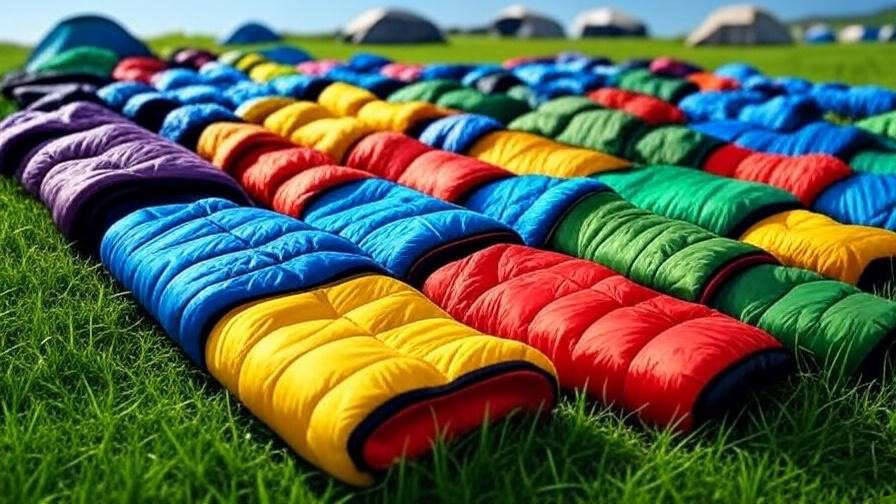
Best Overall: Rumpl NanoLoft Puffy Blanket Coat
- Specs: 1.8 lbs, NanoLoft synthetic insulation, 40°F comfort rating, DWR coating.
- Pros: Lightweight, packable, eco-friendly (100% recycled materials).
- Cons: Not ideal for sub-zero temperatures.
- User Feedback: Campers praise its versatility for mild-weather adventures, with a 4.8/5 rating on REI.
Best for Extreme Cold: Sierra Designs Long Puffy
- Specs: 2.5 lbs, 700-fill down, 20°F rating, waterproof shell.
- Pros: Exceptional warmth, durable construction.
- Cons: Bulkier than synthetic options.
- User Feedback: Winter campers love its cozy fit, with a 4.6/5 rating on Backcountry.
Best Budget Option: Kelty Cosmic Blanket Coat
- Specs: 2.2 lbs, synthetic fill, 35°F rating, packable.
- Pros: Affordable, reliable for casual use.
- Cons: Limited weather resistance.
- User Feedback: A favorite for budget-conscious campers, rated 4.5/5 on Amazon.
Best for Sustainability: Patagonia Down Blanket Coat
- Specs: 2.1 lbs, 800-fill RDS down, Bluesign-certified, 30°F rating.
- Pros: Eco-friendly, premium warmth, stylish design.
- Cons: Higher price point.
- User Feedback: Eco-conscious users rate it 4.7/5 for its sustainability and performance.
Expert Insights
“As a lifelong camper, I’ve tested dozens of outdoor garments, and sleeping bag coats are a revelation for their balance of warmth and freedom,” says Jane Thompson, an outdoor gear reviewer for OutdoorGearLab. “They’re perfect for anyone wanting to sleep under the stars without feeling confined.”
How to Use a Sleeping Bag Coat Effectively
Wearing It for Sleep
A sleeping bag coat can be a game-changer for outdoor sleep, offering warmth and flexibility. To maximize comfort:
- Layer Strategically: Wear moisture-wicking base layers, like merino wool, to stay dry and enhance insulation. Pair with a lightweight sleeping pad to insulate against ground cold.
- Adjust for Snugness: Tighten the hood and drawstrings to trap heat, especially around the face and waist. For example, the Rumpl NanoLoft Puffy’s adjustable hood creates a cozy seal against drafts.
- Positioning: Sleep on your back or side to allow the coat’s insulation to loft fully, maximizing warmth. If using it as a blanket, drape it over your body and tuck the edges under.
- Example Scenario: Picture a chilly autumn night in Yosemite. You slip into your sleeping bag coat, zip it up, and adjust the hood for a snug fit. Paired with a sleeping pad, you’re warm and comfortable, drifting off under the stars.
Daytime Use for Outdoor Activities
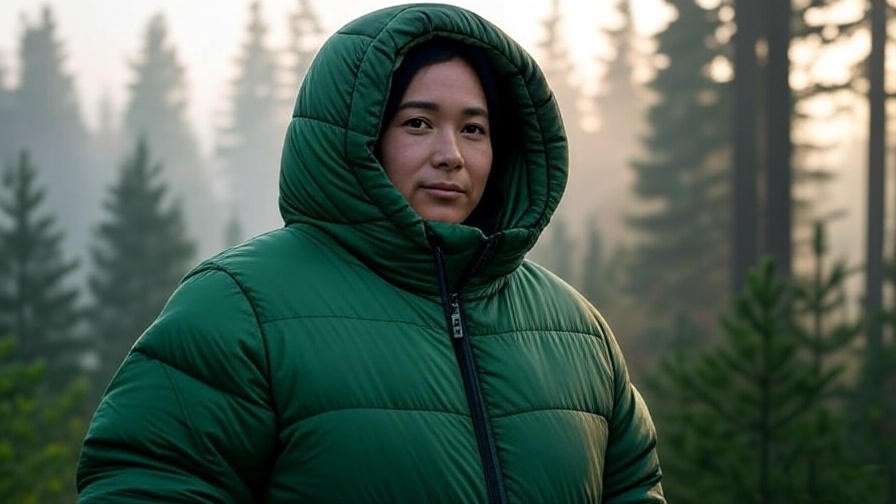
Beyond sleep, sleeping bag coats excel for daytime outdoor pursuits. Here’s how to use them effectively:
- Hiking or Breaks: Wear the coat during rest stops to stay warm without needing to unpack additional layers. Its loose fit allows easy movement over hiking gear.
- Mindful Activities: Use it for outdoor meditation or yoga sessions. For instance, during a sunrise meditation, wrap the coat around you to maintain warmth while staying focused.
- Ventilation Tips: Open the two-way zipper or loosen drawstrings to prevent overheating during active use. Models like the Sierra Designs Long Puffy have zippered vents for quick temperature regulation.
- Example Scenario: On a fall hike, you pause to enjoy a scenic overlook. Slipping on your sleeping bag coat keeps you cozy while you sip coffee and journal, blending warmth with mindfulness.
Care and Maintenance
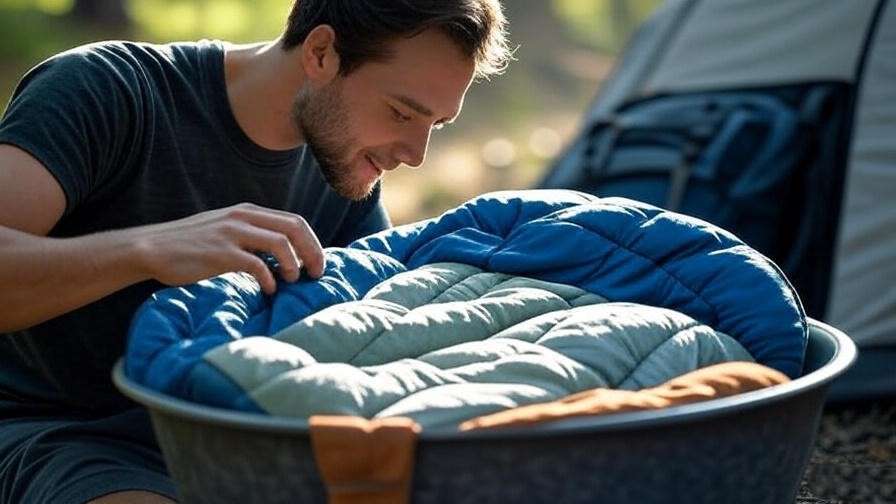
Proper care extends the life of your sleeping bag coat:
- Washing: Check the manufacturer’s instructions. Most synthetic models, like the Kelty Cosmic Blanket Coat, are machine-washable with a gentle cycle and mild detergent. Down-filled coats, like Patagonia’s, may require hand-washing or professional cleaning to preserve loft.
- Drying: Use a low-heat tumble dry with dryer balls to restore insulation fluffiness. Avoid high heat, which can damage synthetic fibers or down.
- Storage: Store loosely in a breathable cotton sack to prevent compression. Avoid stuffing it into a tight pack for long periods.
- Repairs: Patch small tears with gear repair tape or consult the brand for warranty repairs. For example, Patagonia offers a robust repair program for its sustainable products.
- Pro Tip: Regularly reapply a DWR treatment spray to maintain water resistance, especially for frequently used coats.
Sleeping Bag Coats and Holistic Well-Being
Enhancing Sleep Quality Outdoors
Quality sleep in nature is a cornerstone of holistic well-being. A 2019 study in Current Biology found that camping for just two nights can reset circadian rhythms, improving sleep quality and reducing stress. Sleeping bag coats make this accessible by providing warmth without the bulk of traditional gear. Their portability encourages spontaneous outdoor sleep, whether in a backyard or a remote campsite, fostering restorative rest.
Mindfulness and Connection to Nature
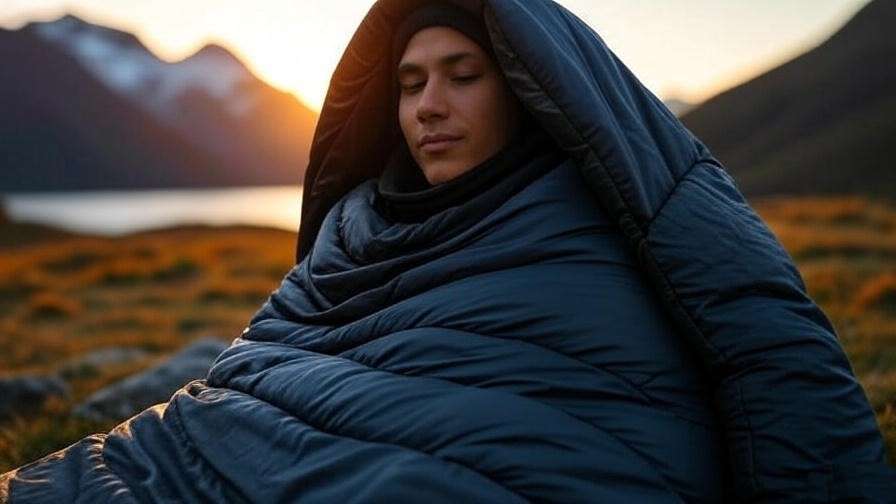
Sleeping bag coats enable deeper engagement with nature, supporting mindfulness practices. Imagine wrapping yourself in a cozy coat for a sunrise meditation in the mountains—the warmth allows you to focus on your breath and surroundings without distraction. This aligns with the principles of ecotherapy, which emphasizes nature’s role in mental health. By facilitating comfortable outdoor experiences, these coats help users practice gratitude and presence, key elements of holistic wellness.
Aligning with Sustainable Living
For eco-conscious readers, sustainable sleeping bag coats align with a holistic lifestyle. Brands like Rumpl and Patagonia use recycled materials and ethical sourcing, reducing environmental impact. Choosing such products supports a mindful approach to consumption, ensuring your outdoor adventures leave a minimal footprint. For example, Rumpl’s NanoLoft insulation is made from 100% post-consumer recycled plastic, making it a guilt-free choice for eco-minded campers.
Common Mistakes to Avoid
Choosing the Wrong Model
Selecting a sleeping bag coat with an inappropriate temperature rating or fit can ruin your experience. For instance, a 40°F-rated coat won’t suffice for winter camping in sub-zero conditions. Always match the coat’s specs to your climate and activity level. A common error is assuming all models are equally weather-resistant—check for DWR coatings if you expect rain or dew.
Improper Use or Storage
Overstuffing a sleeping bag coat into its pack for extended periods compresses insulation, reducing warmth. Similarly, neglecting to dry a damp coat can lead to mold or mildew. Follow care instructions and store properly to maintain performance. For example, hanging a down-filled coat in a closet rather than compressing it preserves its loft.
Overlooking Weather Conditions
Failing to check the weather forecast can leave you underprepared. A lightweight coat may not protect against unexpected rain or wind. Pair your coat with appropriate gear, like a tarp or bivy sack, for added protection. For instance, combining a Kelty Cosmic Blanket Coat with a lightweight tarp ensures warmth and dryness in unpredictable conditions.
FAQs About Sleeping Bag Coats
Can a Sleeping Bag Coat Replace a Traditional Sleeping Bag?
For mild to moderate conditions (above 20°F), a sleeping bag coat can replace a traditional sleeping bag, especially for car camping or short trips. However, for extreme cold or extended backpacking, pair it with a sleeping pad or lightweight bag for added insulation.
Are Sleeping Bag Coats Suitable for Extreme Weather?
Some models, like the Sierra Designs Long Puffy (20°F rating), handle sub-zero temperatures, but most are designed for milder climates. Check the temperature rating and pair with appropriate gear for extreme conditions.
How Do I Know If a Sleeping Bag Coat Is Sustainable?
Look for certifications like Bluesign, Responsible Down Standard, or recycled material claims. Brands like Patagonia and Rumpl clearly advertise their eco-friendly credentials, ensuring transparency.
Can I Wear a Sleeping Bag Coat for Everyday Use?
Yes, many models double as stylish outerwear for urban settings or casual outings. Their versatility makes them ideal for everything from commuting to festivals.
How Do I Clean and Store My Sleeping Bag Coat?
Follow brand-specific instructions. Machine-wash synthetic models on a gentle cycle, hand-wash down-filled coats, and store loosely in a breathable sack. Reapply DWR treatment as needed to maintain water resistance.
Conclusion
The sleeping bag coat is more than just gear—it’s a gateway to comfortable, mindful outdoor experiences. Whether you’re camping, meditating under the stars, or embracing sustainable living, these innovative garments deliver warmth, versatility, and eco-conscious design. By choosing the right model and using it effectively, you can elevate your outdoor adventures while supporting holistic well-being. As a seasoned camper and gear reviewer, I’ve seen firsthand how these coats transform cold nights into cozy memories. Explore our recommendations, share your experiences in the comments, and check out our related guides on sleep, meditation, and outdoor wellness to deepen your connection to nature.

